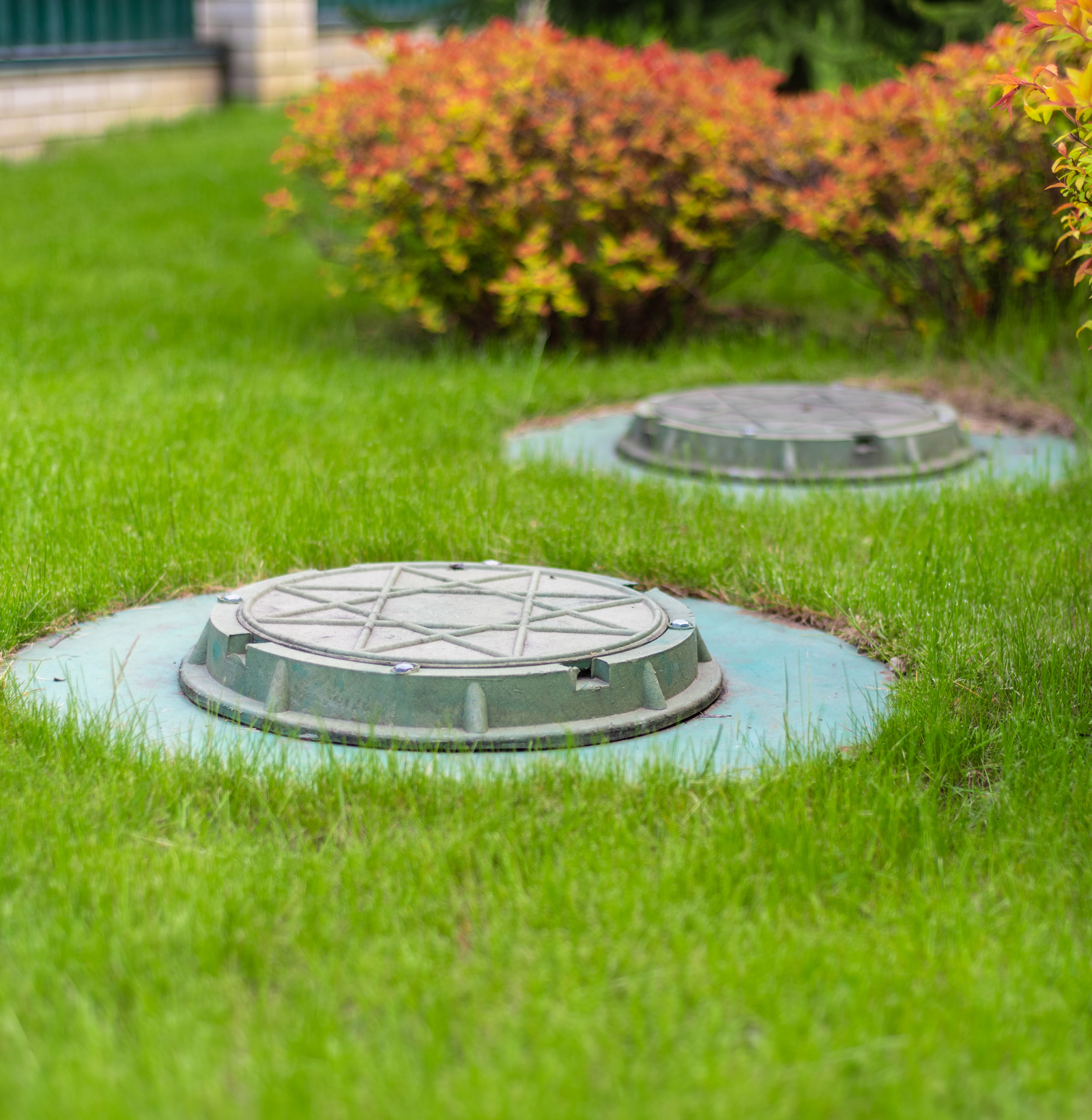Grey Water Recycling System
At UPP, we are passionate about designing and implementing sustainable water solutions.
Using grey water can be a valuable way to conserve water, reduce costs and help protect the environment – as long as it’s properly treated and handled.
A grey water recycling system is designed to capture and re-use the wastewater generated from sources such as sinks, showers and washing machines for non-potable purposes such as irrigation, toilet flushing and laundry.
A typical grey water recycling system usually includes the following:
- Collection and storage tank: The grey water is collected in a tank, where it is stored until it can be treated and re-used. The tank may be located indoors or outdoors, depending on the system design.
- Pre-treatment system: Grey water may undergo some form of pre-treatment to remove large particles and debris, such as sedimentation or filtration.
- Treatment system: The grey water is treated to remove impurities and pathogens through processes such as disinfection, biological treatment, or chemical treatment.
- Pumping system: A pump may be needed to move the treated grey water to the intended non-potable use, such as toilet flushing or irrigation.
- Distribution system: The recycled water is distributed to the intended non-potable use through a separate plumbing system.
- Control system: The grey water recycling system may include a control system to monitor and regulate the flow of grey water, and to ensure that the system is operating safely and efficiently.
- Collection points: These are the points in the building where grey water is generated, such as sinks, showers, and washing machines. Grey water is collected from the various sources and directed to a holding tank or a treatment system.

It’s important to note that the specific components of a grey water recycling system may vary depending on the system design and the intended use of the recycled water.
